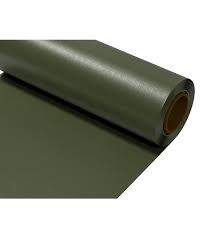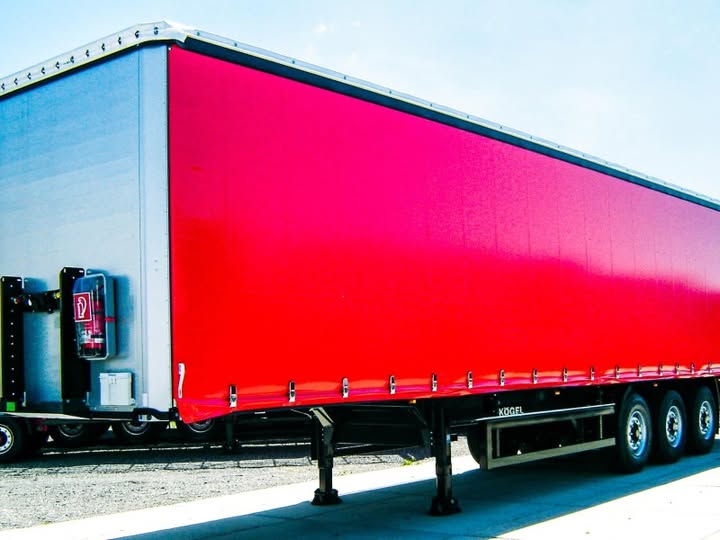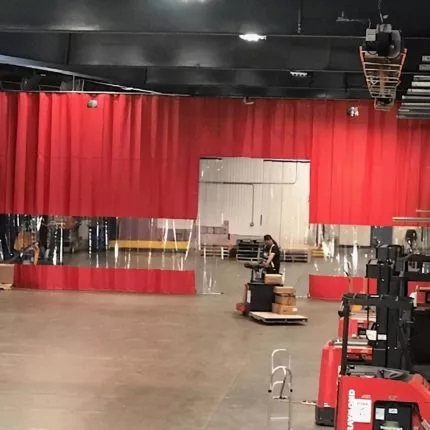The breaking strength of PVC knife coated tarpaulin and coated tarpaulin
The breaking strength of PVC knife-coated tarpaulin and coated tarpaulin depends on several factors, including the material composition, fabric weight, coating thickness, and manufacturing process. Here's a general overview of the breaking strength for these materials:
1. PVC Knife-Coated Tarpaulin
Material: PVC (Polyvinyl Chloride) knife-coated tarpaulin is made by applying a PVC coating to a base fabric (usually polyester or nylon) using a knife-coating process.
Breaking Strength:
Warp Direction: Typically ranges from 1,500 to 3,000 N/5 cm (Newtons per 5 centimeters).
Weft Direction: Typically ranges from 1,500 to 3,000 N/5 cm.
Factors Affecting Strength: The strength depends on the base fabric's denier, the number of yarns per inch, and the thickness of the PVC coating.

2. Coated Tarpaulin (General)
Material: Coated tarpaulins can be made with various coatings (e.g., PVC, polyethylene, or acrylic) on fabrics like polyester or canvas.
Breaking Strength:
Warp Direction: Typically ranges from 800 to 2,500 N/5 cm.
Weft Direction: Typically ranges from 800 to 2,500 N/5 cm.
Factors Affecting Strength: The type of coating, fabric weight, and weave density play a significant role in determining the breaking strength.
Key Differences:
PVC Knife-Coated Tarpaulin: Generally has higher breaking strength due to the thicker and more durable PVC coating applied using the knife-coating method.
Standard Coated Tarpaulin: May have lower breaking strength depending on the type and thickness of the coating.
Applications:
PVC Knife-Coated Tarpaulin: Used in heavy-duty applications like truck covers, industrial curtains, and outdoor shelters due to its high strength and durability.


Coated Tarpaulin: Suitable for lighter applications like temporary covers, tents, and groundsheets.
For specific breaking strength values, refer to the manufacturer's specifications, as they can vary based on the product's intended use and quality.




